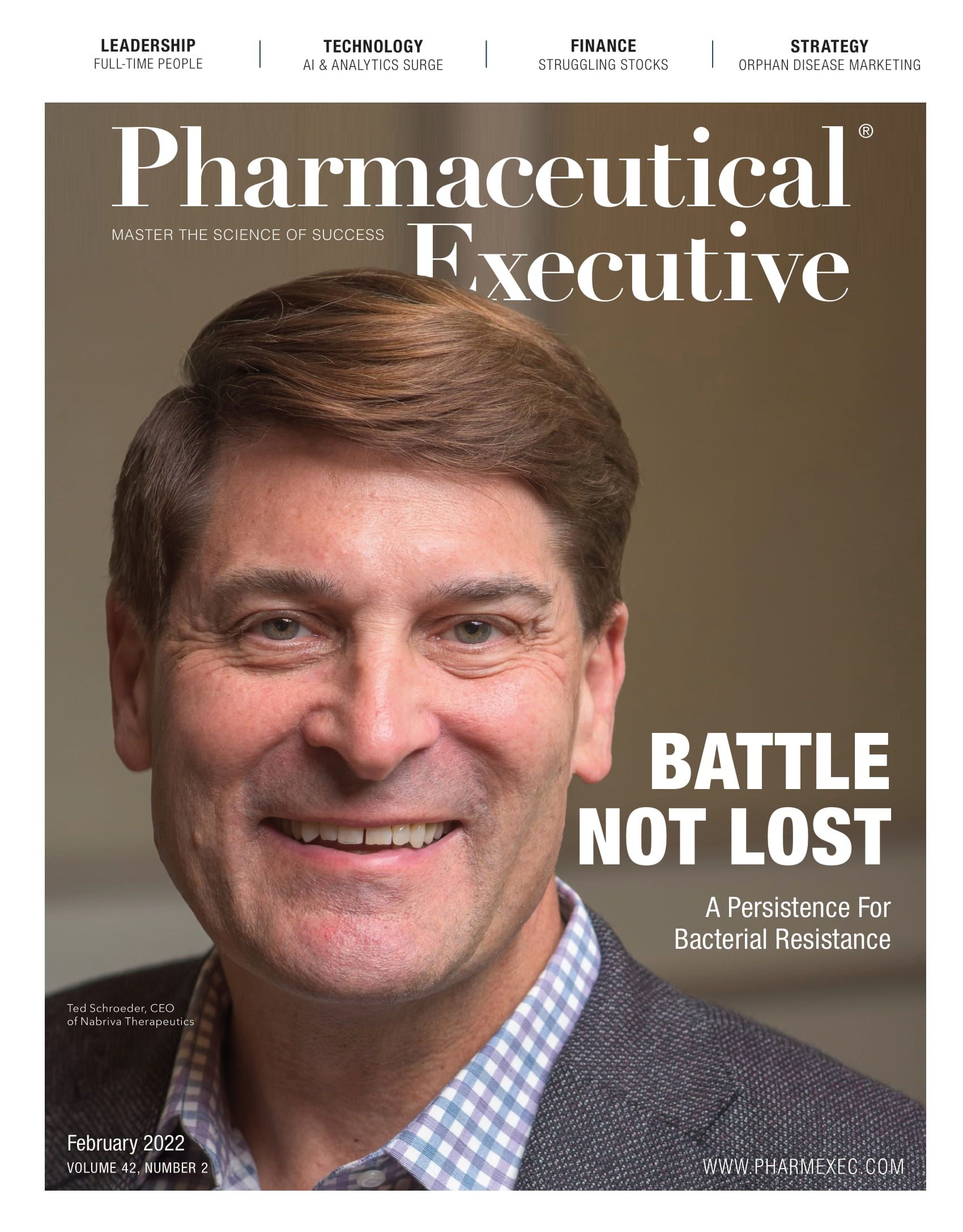As Change Continues, Are You Digitally Fit For the Future?
Digital disruption is poised to usher in a new era of customer-centricity and efficiency, starting with trials and precision targeting.

If there’s one thing the past two years have taught us, it’s that the life sciences industry is capable of accomplishing things well beyond what was once thought possible. The industry initiated agile experimentation, operating smoothly through unexpected changes, and cloud technology played a part in that. Challenging the status quo and taking the right risks showed the potential for how much more we can do to improve drug development and commercialization in the years to come.
The digital disruption I forecasted in this publication five years ago has not happened, but it is now closer than ever. The upheaval of the pandemic created focus and a new adaptability to change. We are more comfortable experimenting, and we have a greater appreciation for taking a long-term mindset.
Digital disruption radically alters how an industry operates, like we saw in travel and transportation with the emergence of new digital models from Uber and Airbnb. For life sciences, digital will fundamentally change how we work collaboratively across the industry to serve patients, health care providers, payers, and governments. It’s not going to happen all at once, but the changes over the next five years will be significant.
Two major opportunities exist in the introduction of fully digital trials and a new modern data foundation for precision targeting of more specialized products.
Greater customer-centricity
The fragmented nature of studies results in a lot of wasted time and money. Patients need a better experience. Sites need simplicity. Sponsors need instant access to data.
The digital trial model goes beyond a decentralized one, making it easier for all major stakeholders to participate by connecting sites, sponsors, and patients with a standard paperless workflow. With this ambitious approach, the industry could significantly cut trial times and costs to deliver new medicines and treatments to patients more quickly.
To get there, we need a relentless focus on the patient and site experience. Companies may need to appoint and empower a chief patient officer or a chief customer officer to drive this change. However you approach it, dedicated teams should have accountability for a more consumer-like patient experience.
Precise targeting
Like clinical trials, the industry’s approach to data is going to change. In this new era of precision medicine, relevant data connections will deliver more precise insights for effective patient segmentation and targeting. Investments in hundreds of disconnected data sources have attempted to solve the problem, only to create unnecessary complexity, inefficiency, and patient privacy concerns.
The way forward isn’t just having more data; it’s about focusing on the right data. That means real-time, patient-first data derived from diverse sources rather than the historic prescription-centric approach. A deeper, more complete view of the patient journey will deliver greater precision in both finding and treating specific people.
Getting digitally fit for the changes ahead
As science continues to advance at a rapid pace, how the industry executes will need to evolve. New operating models and more robust data foundations will allow for even greater speed, focus, and collaboration over the next five years.
Now is the time to get digitally fit with an integrated cloud and data strategy that is suited to new specialty medicines and a truly patient-centric approach. There’s a lot to accomplish, but as COVID-19 taught us, there are no limits when we’re all working together toward the same goal.
Peter Gassner, Founder, CEO, Veeva Systems. You can find more of his perspectives on business at Medium.com/@peter.gassner

Is Artificial Intelligence a ‘Product’? Products Liability Implications for AI-Based Products
April 10th 2025As the physical products we use evolve to become increasingly complex, traditional products liability frameworks may not always fit to provide remedies for harm that can result from using novel product types.